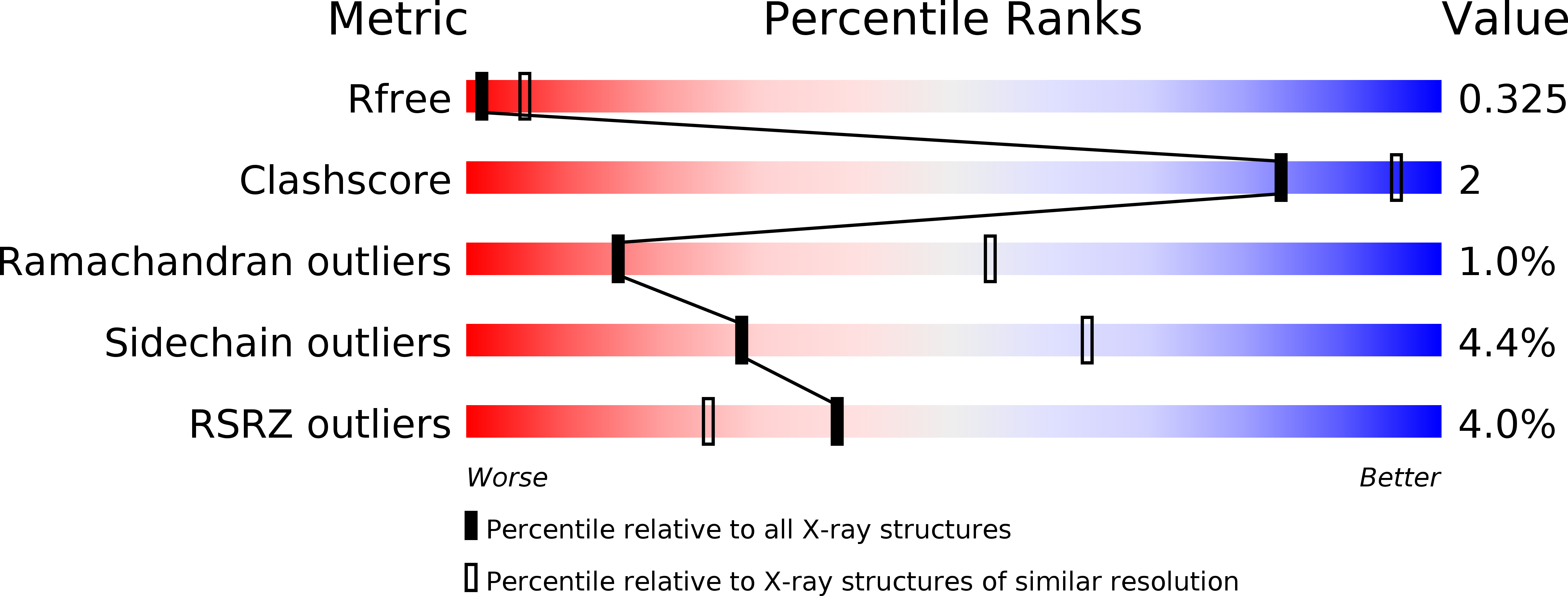
Deposition Date
2014-06-03
Release Date
2014-07-16
Last Version Date
2023-09-27
Entry Detail
PDB ID:
4TN3
Keywords:
Title:
Structure of the BBox-Coiled-coil region of Rhesus Trim5alpha
Biological Source:
Source Organism:
Macaca mulatta (Taxon ID: 9544)
Enterobacteria phage T4 (Taxon ID: 10665)
Enterobacteria phage T4 (Taxon ID: 10665)
Host Organism:
Method Details:
Experimental Method:
Resolution:
3.20 Å
R-Value Free:
0.31
R-Value Work:
0.25
R-Value Observed:
0.26
Space Group:
C 1 2 1


